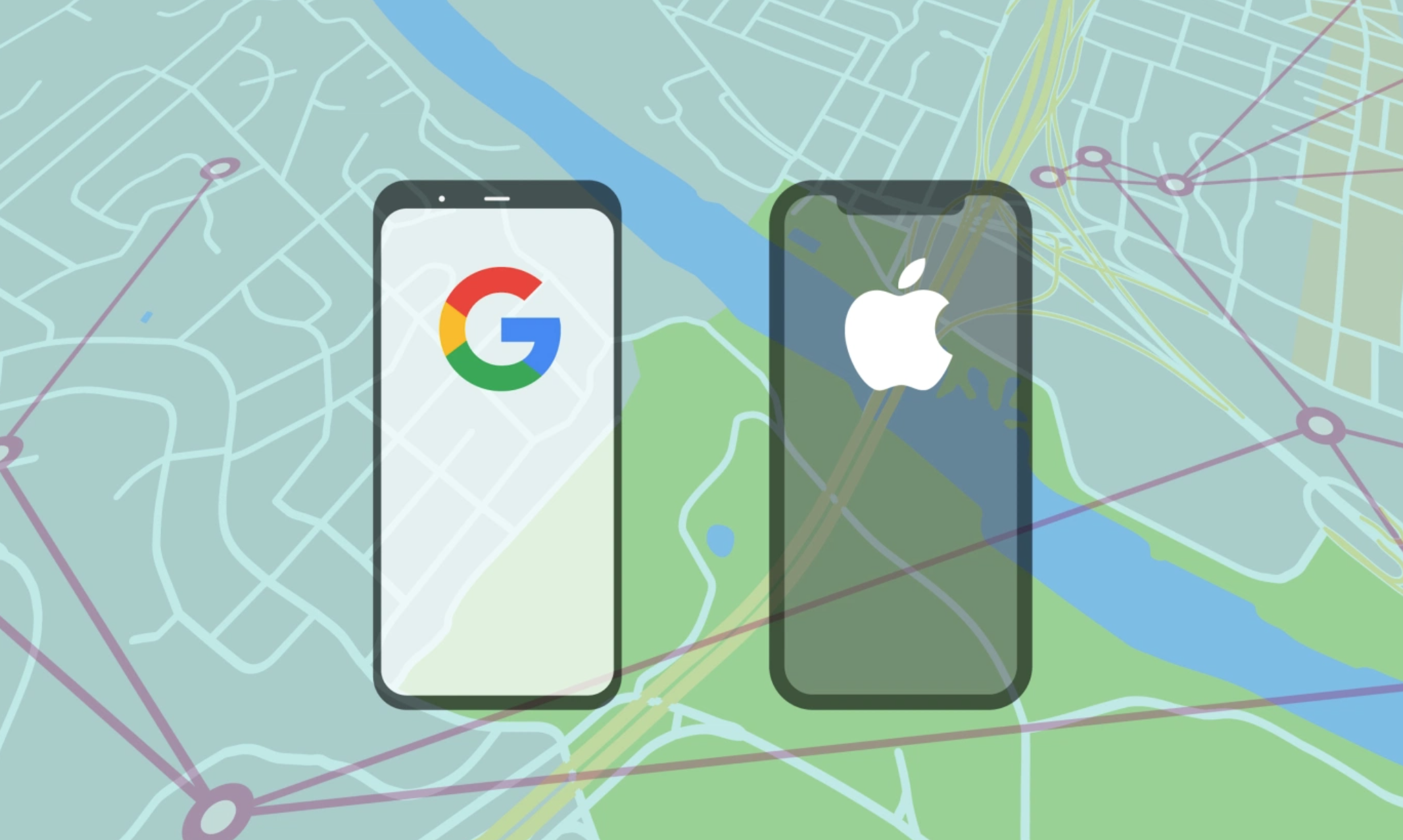
A contact tracing app can be used to fight modern pandemics such as the COVID-19 via Apple and Google’s Exposure Notification API.
Outside the environment, corporations and non-public health organizations may need to create an app that has a unique tracking system.
Table of Contents
What is a Contact Tracing App?
A contact tracing app is an app that can be downloaded on your smartphone. It uses geo-location and Bluetooth technology, both of which are already available on your smartphone to keep track of individuals who have been tested and are positive with corona virus.
This is a modern adaptation of traditional contact tracing methods, where individuals who have been tested positive are interviewed. It’s not unusual to have the patient’s family interviewed as well.
Challenges of a Contact Tracing App
In order for a contact tracker to be successful a large part of the population must use it judiciously. App penetration is an integral part of stopping a pandemic in its tracks, but there are user concerns, mainly privacy and background operation.
Currently, mobile operating systems do not allow an app to constantly run in the background. The app is forced to hibernate or terminated, and users are not willing to have their batteries drained with a tracker 24/7.
Tracing apps are also limited by the accuracy of GPS, cellphone towers and Wi-Fi signals. An example is when you’re in an apartment and someone who’s living one floor above you has the virus but you’ve never come into contact with each other.
Possible Solutions
Exposure Notification API aside, enterprises can create their own contact tracing standards for business use. Although Apple and Google’s API is already built into their respective environments, only authorized health bodies are able to ask permission and use the engine to make their own tracing app.
The application for such an app is essential for healthcare facilities, large companies and campuses and promotes trust and security within.